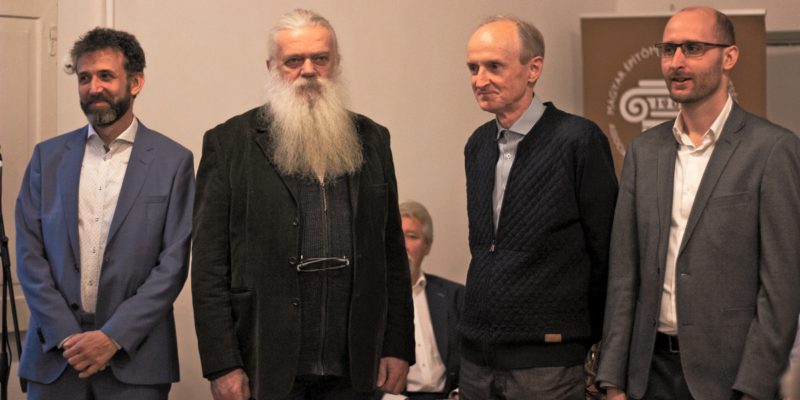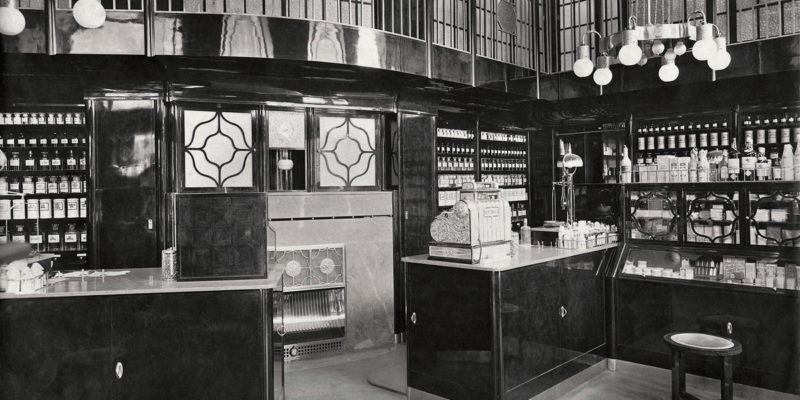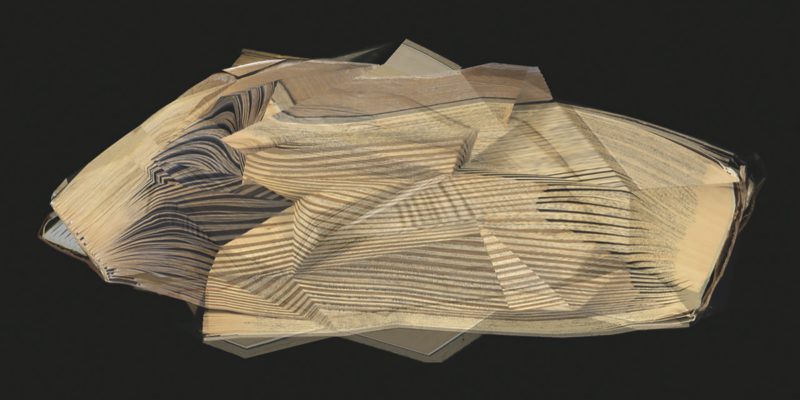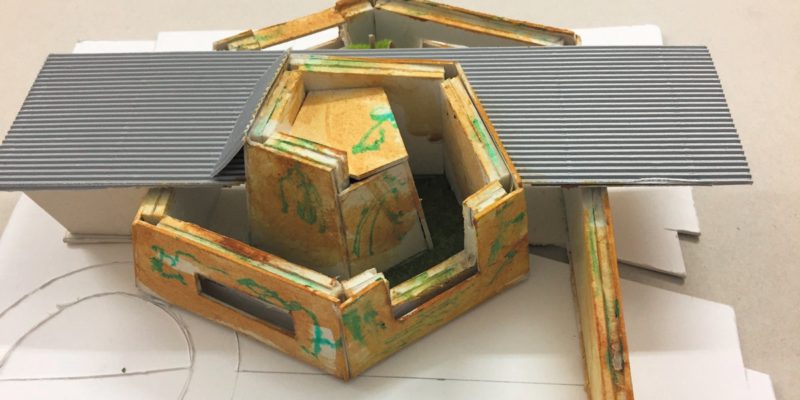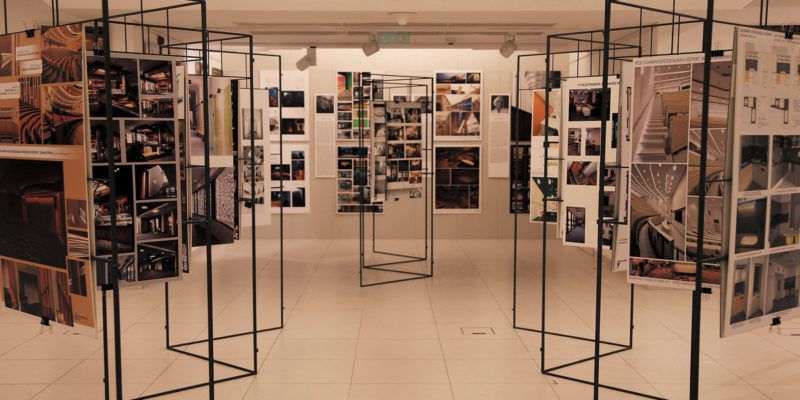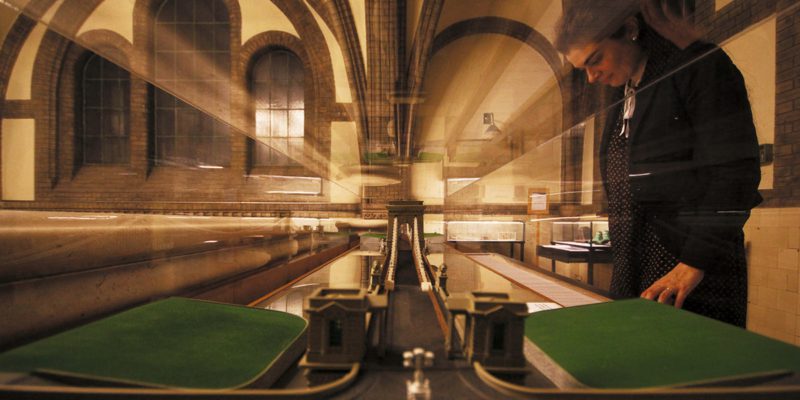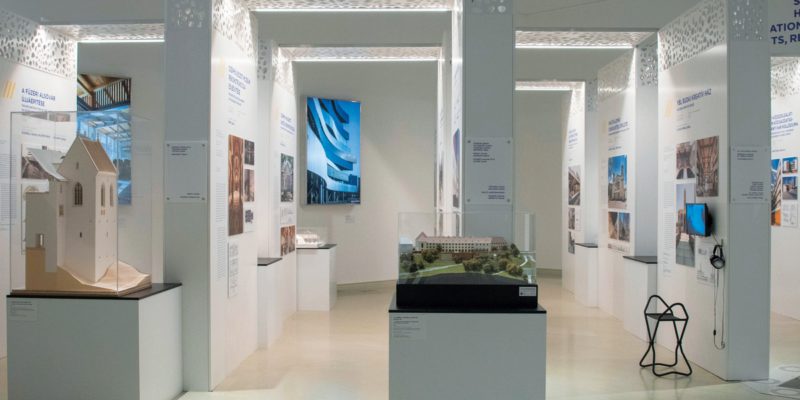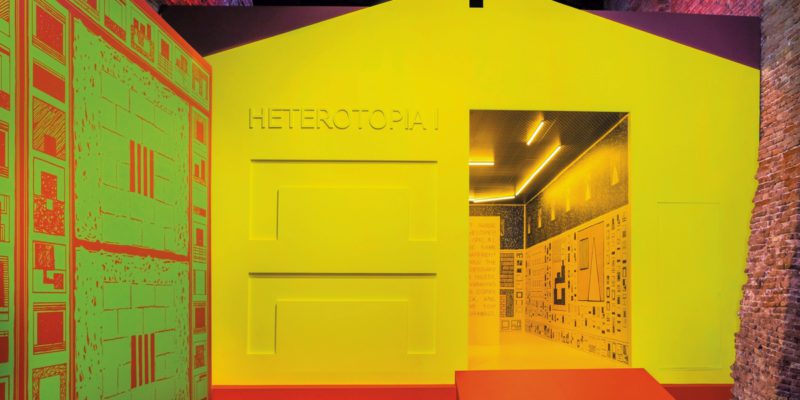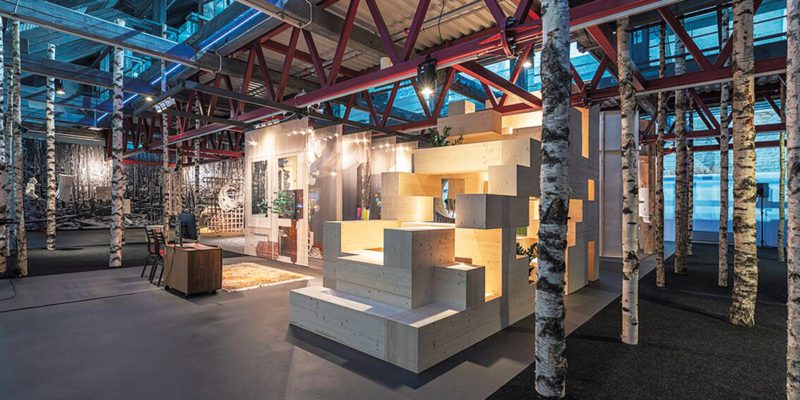Sorry, this entry is only available in Hungarian.
Csomópontok
Sorry, this entry is only available in Hungarian.
Otto Prutscher
Universal Designer of Viennese Modernism MAK, Vienna, 20 November 2019 – 17 May 2020 Otto Prutscher (1880–1949) was an architect and designer, an exhibition designer, teacher, and member of all the important arts and crafts movements—from the Secession to the Werkbund. Prutscher was one of the first students of the Vienna School of Arts and […]
The Playground Project
Architecture for Children DAM, Frankfurt, 9 November 2019 – 21 June 2020 Between 1950 and 1980 the playground was a creative laboratory. In the cities of the Global North, innovative, crazy and exciting projects emerged: Landscape architects, artists, activists and citizens wanted to provide children with the best place for play and try out a […]
Évgyűrűk
Sorry, this entry is only available in Hungarian.
Zvi Hecker: Neumeister-ház / Vázlatok
Sorry, this entry is only available in Hungarian.
Iparművészet a belsőépítészetben
Sorry, this entry is only available in Hungarian.
A Lánchíd alakváltozásai
Sorry, this entry is only available in Hungarian.
Thoughts on Social Stability
Architecture and sociology at the 2nd National Architect’s Salon Text: László Antal Z. Photo: Béla Ilovszky / theater.hu Ferenc Miszlivetz sociologist delivered one of the speeches at the opening ceremony of the 2nd Architects’ Salon. In this article, László Z. Antal sociologist explains what ideas he has phrased after viewing the Salon. One of the […]
Peter Halley: Heterotopia
L’Accademia di Belle Arti di Venezia, Velence, 7 May – 10 August 2019 Text: Bálint Botzheim Photos: Hanna Szegő During the time of the fine arts biennale Venice turns into a genuine store of art pieces. All over the town exhibitions welcome visitors, and many visitors take advantage of this period to join the flow […]
Az “új szépség” építészete
Sorry, this entry is only available in Hungarian.
In Norwegian Landscapes
Hunting High and Low DAM, Frankfurt, 14 September 2019 – 19 January 2020 Photos: DAM A tradition in Norwegian architecture emphasizes tactile and spatial experiences and reflects the relationship between buildings and landscape. Sensitivity to place, experimental tectonics and profound attention to detail characterize the tradition. Norwegian architecture is challenged by new dense urban development […]
